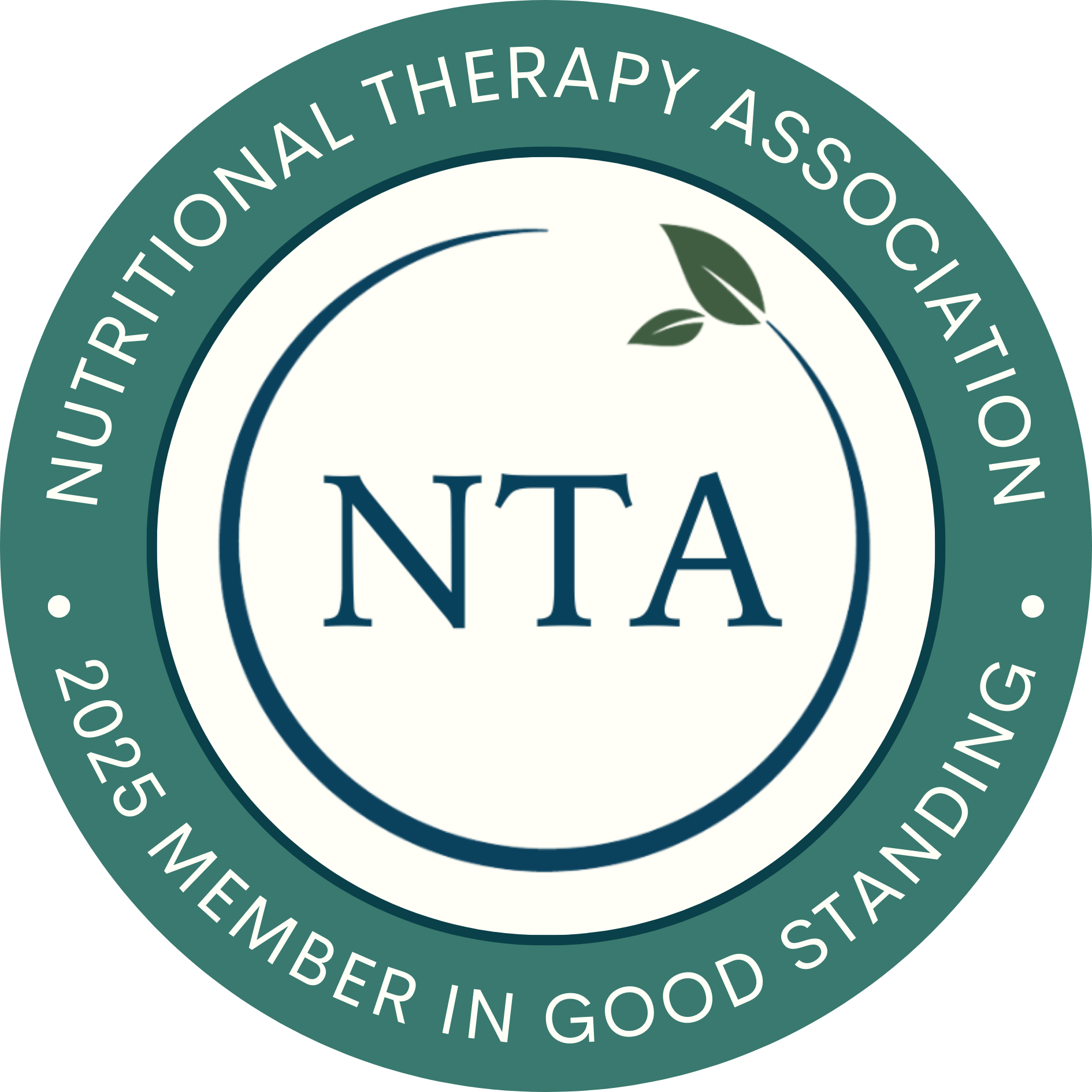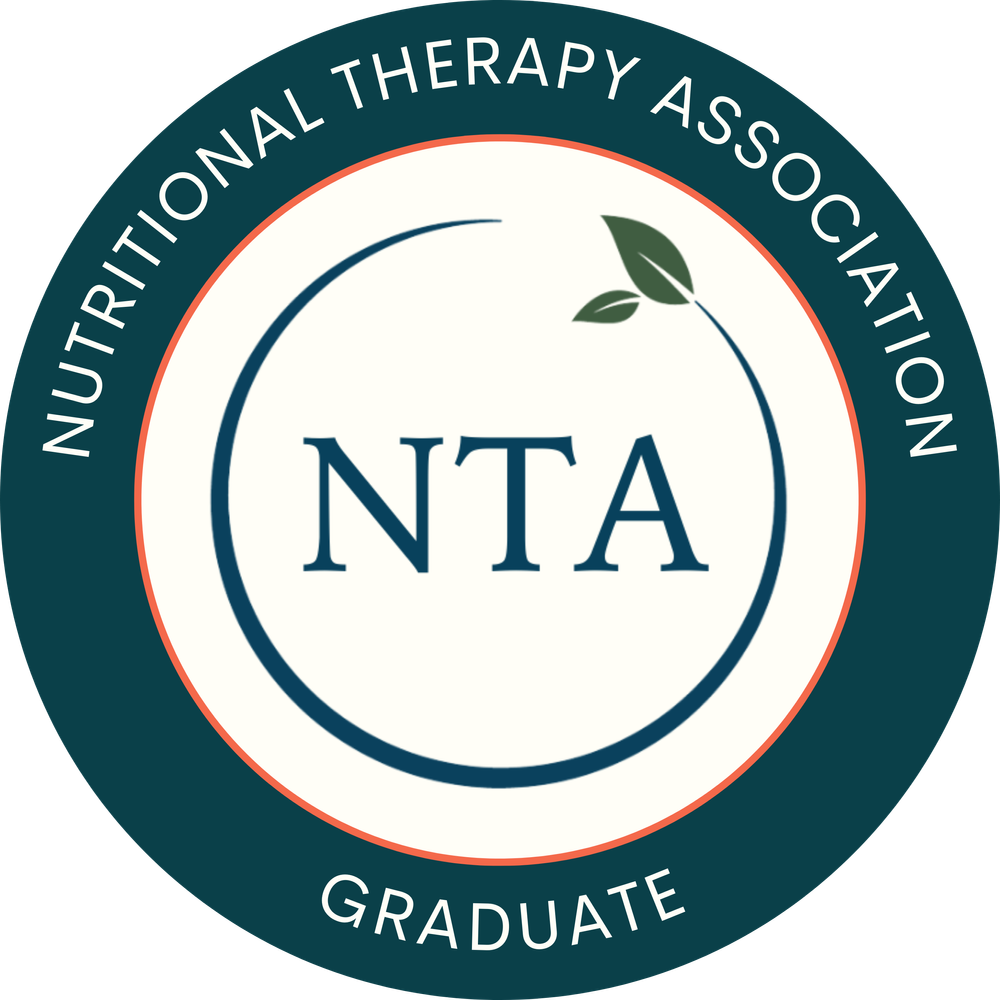Minerals: the Missing Pieces

Foundation: Nutrient-dense diet – building blocks (minerals)
Minerals are on my radar, but that might be because I am a rare case.
I had a hip replacement at age 41 due to hip dysplasia, an abnormal shallowness in the hip joint where the head of the thigh bone isn’t sufficiently covered, creating hip instability, and exposing the hip’s cartilage to increased wear-and-tear over time. It was something I was born with and it worsened over the course of my life due to a multitude of factors. (1)
Yes, I hear it is a common condition in dogs, too, if you are thinking about the canine world.
Thankfully, I had a great surgical experience and I feel like a new person since then, but you can see why minerals and muscular-skeletal health is an area I must stay vigilant in for the remainder of my days.
This weakness is not only my own but something that runs in my family lineage as well, with both of my grandmothers passing away shortly after broken bones (hip and leg) later in their life.
So, yes, the topic of mineral status hits home for me.
That said, I realize that minerals aren’t necessarily front-runners on everyone’s radar.
Like retirement savings, they are sort of the last thing on everyone’s mind, until it becomes relevant or presents a problem – and that often doesn’t happen until much further down the line.
My exploration into understanding the world of minerals was generally disappointing and I found their coverage to be very general and narrow in scope. That is, until I stepped into my holistic and functional nutrition training, which completely illuminated the topic and filled in so many missing pieces that had previously alluded me.
In this post, I hope to fill in some of those missing pieces so that you can be empowered to start improving your own health via your mineral status and understand the value of doing so, no matter what point in life you are in.
Here is what I’d love to share:
1. Core role of minerals in the body
2. Foundational principles of minerals
3. Self-assessment questions
Allons-y!
Core role of minerals in the body
The world of minerals and elements is a vast one. (I have the Periodic Table Song playing in my head right now!) (2)
There are 18 minerals that integrate into human health and are essential, meaning they must be obtained through a nutrient-dense diet.
Keeping it simple, here are 5 main areas that characterize their role:
- Structure & growth –vital components of bones, joints, and connective tissue; they also regulate tissue growth
- Movement –allow for proper nerve conduction and muscle contraction and relaxation
- Energy & reactions – participate in cellular respiration, the process by which our cells make ATP (that’s our body’s energy currency); they function as catalysts for reactions to occur; red blood cells, which transport oxygen via iron throughout the body, are formed within our bone’s marrow
- pH balance –the body’s innate intelligence appropriately moves minerals and ions from one place to another in order to maintain optimal pH levels, which vary across the body
- Nutrient transport –enable nutrients to pass across cell membranes, bringing them into cells
As you can see, these are crucial areas of health.
And, modern life certainly does not make it easy for us to intake the levels we need:
Prolonged periods of mismanaged stress, heavy metal toxins can interfere with the absorption, metabolism, and usage of essential minerals, and depleted soils due to conventional farming practices all challenge our ability to intake sufficient amounts of minerals to support our health, so intentional effort really is a must.
Foundational principle of minerals
The foundational principle of minerals is predicated on the absorption of calcium specifically, given it is the most abundant mineral found in the body.
The absorption of calcium is always a game of co-factors. (That is, necessary supports or helpers that aid a reaction in occurring).
Most people are often getting enough calcium, but are lacking the 7 essential co-factors to absorb it, which are:
1. Systemic pH– the body prioritizes the pH of the blood extremely stringently (within a range of 7.35 – 7.45). When the blood becomes too acidic, it will shift calcium from the bones to buffer this acidity
2. Hormonal function– our parathyroid gland (4 little glands that sit behind our thyroid) will control the exchange of calcium between our bone and blood; thyroid, adrenals, and sex hormones also participate in and influence calcium’s usage
3. Hydration (water & electrolytes) –water is the highway that transports minerals throughout the body and our electrolytes facilitate the diffusion of those minerals across our cell membranes
4. Presence of other minerals -minerals always work in teams. Magnesium and phosphorous are particularly supportive to calcium absorption
5. Presence of vitamins (fat-soluble vitamins) –Vitamin D and the other fat-soluble vitamins (A, E, and K) all ensure that calcium is mobilized and gets to where it needs to go
6. Fatty acids –given our cell membranes are predominantly comprised of fatty acids, keeping our efforts up on their intake will aid calcium’s successful entrance into our cells and available within the tissues
7. Digestion –our stomach environment must be sufficiently acidic (pH of 1.5 – 3) in order for calcium (and all proteins and minerals) to be absorbed
As you can see, the optimal absorption and usage of calcium is the result of a culmination of foundational elements that are in place and functioning properly.
It is not just about eating dairy, taking a supplement and calling it a day.
It’s about supporting a process.
Self-Assessment Questions
With all of this in mind, let’s see where you are at!
There are actually some simple ways in which you can start gauging your own mineral status.
Here are a few questions to consider:
- Do you have a history of Carpal Tunnel Syndrome?
- Do you experience calf, foot, or toe cramps at rest?
- Do your joints pop or click?
- Do you crave chocolate?
- Do your feet have a strong odour?
- Do you have white spots in your fingernails?
- Do your cuts heal slowly and/or do you scar easily?
Though these symptoms may seem trivial, if you answered “yes” to many of these questions, your body could likely benefit from some attention in this area.
All the vital roles that minerals play in the body are just staring us in the face, when you think about it.
You can also take a step back for a second and forget the details - and just ponder the big picture. Do you feel weakness in:
Your structure?
Your skin?
Your muscles and nervous system?
Your energy levels?
Your absorption – are you absorbing what you are putting into your body?
If you feel challenged in any of these areas, minerals could be the missing piece in your problem solving efforts.
I hope this post has provided you with a different perspective of minerals and has deepened the way you consider them in your health.
Stay tuned for weekly lifestyle tips that will help you bring some mineral heavy hitters into your weekly routine!
“God sleeps in the minerals, awakens in plants, walks in animals, and thinks in man.” - Arthur Young
References and Further Reading
1. International Hip Dysplasia Institute (2025). Understanding Hip Dysplasia: What is Hip Dysplasia? Retrieved from: https://hipdysplasia.org/
2. Asap Science. (2018 Updated). The Periodic Table Song. Retrieved from: https://www.youtube.com/user/AsapSCIENCE
3. Minich, D. (Sep 2021). How Essential Minerals Protect Against Heavy Metals. Retrieved from: https://deannaminich.com/



